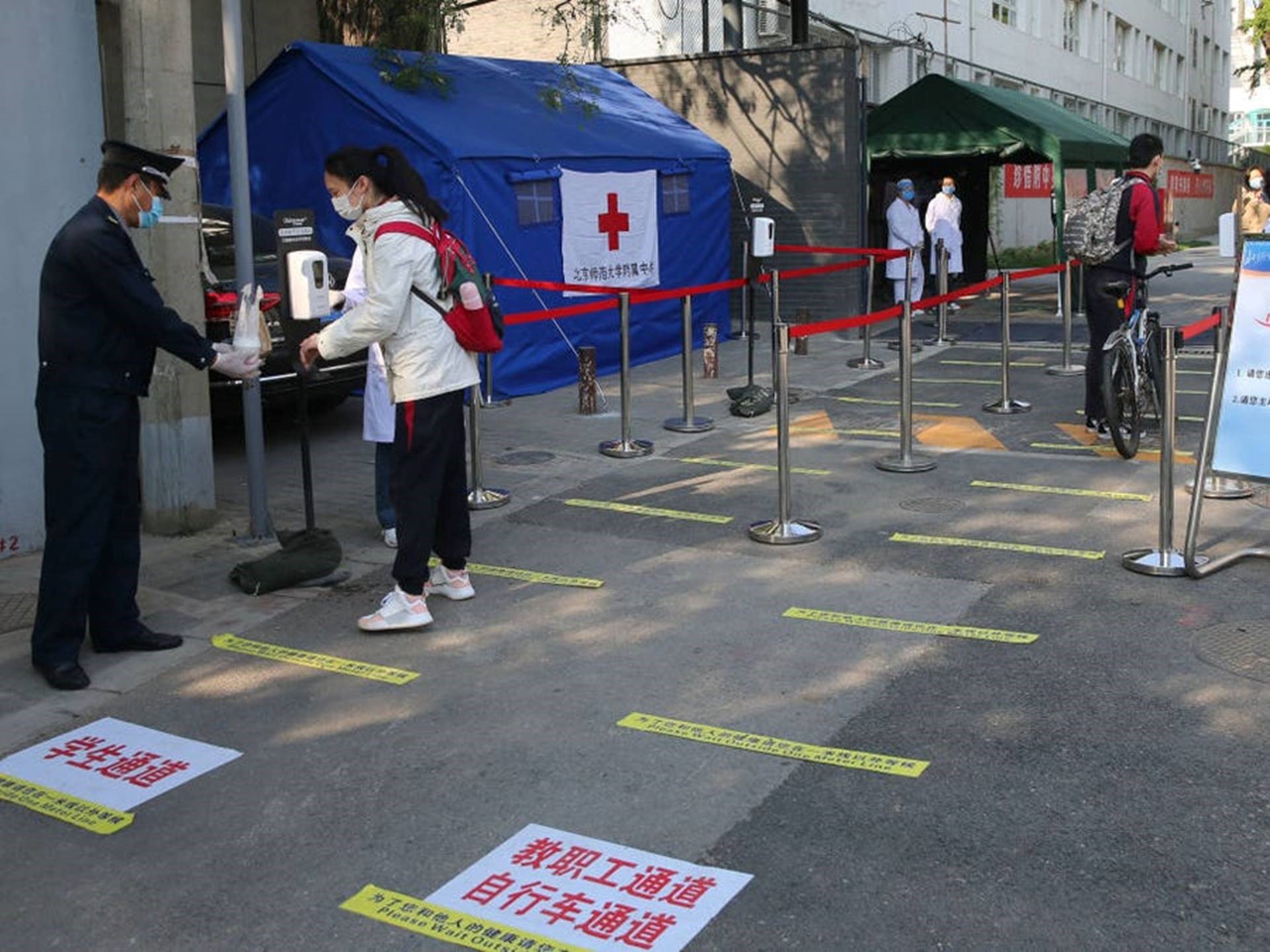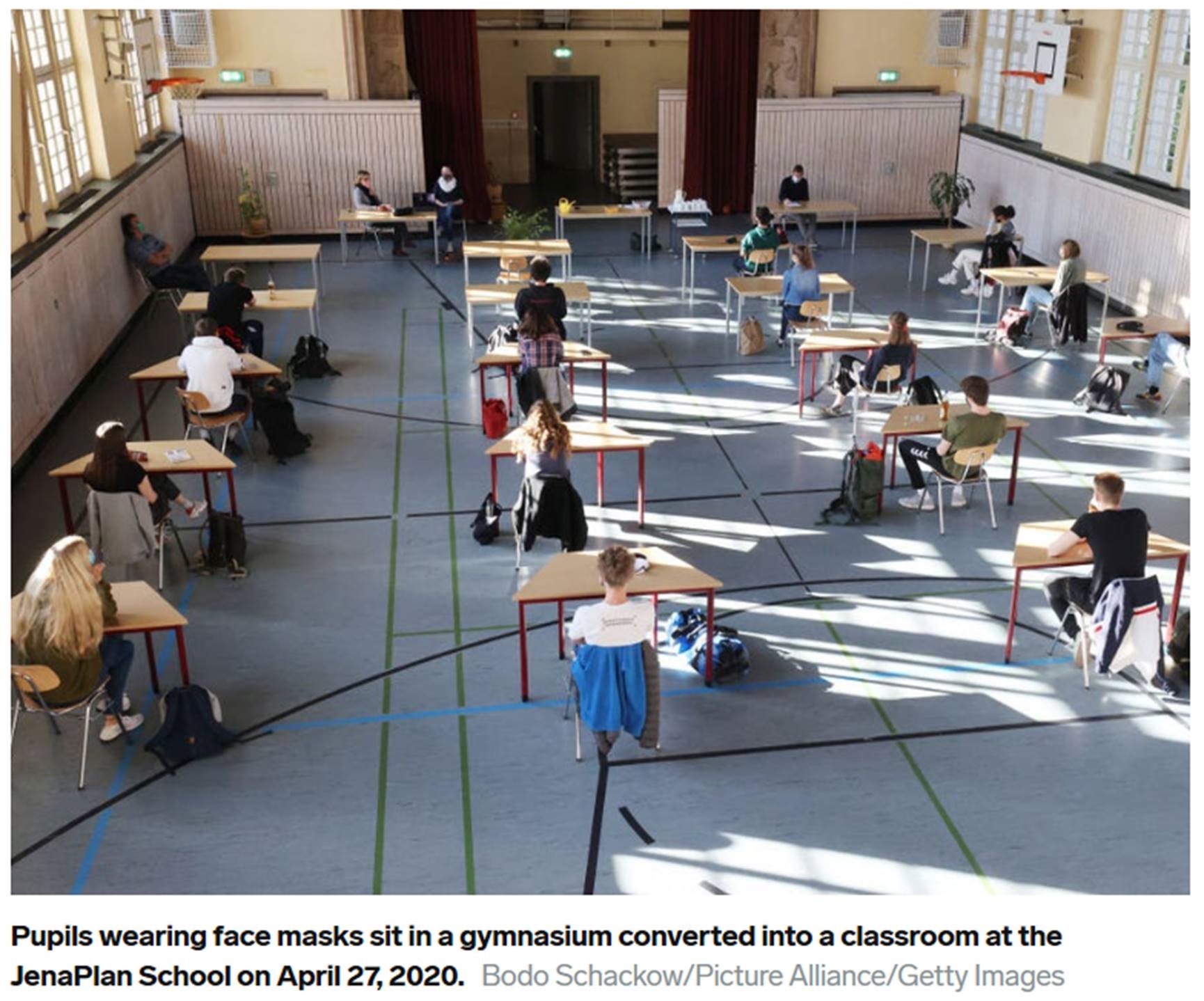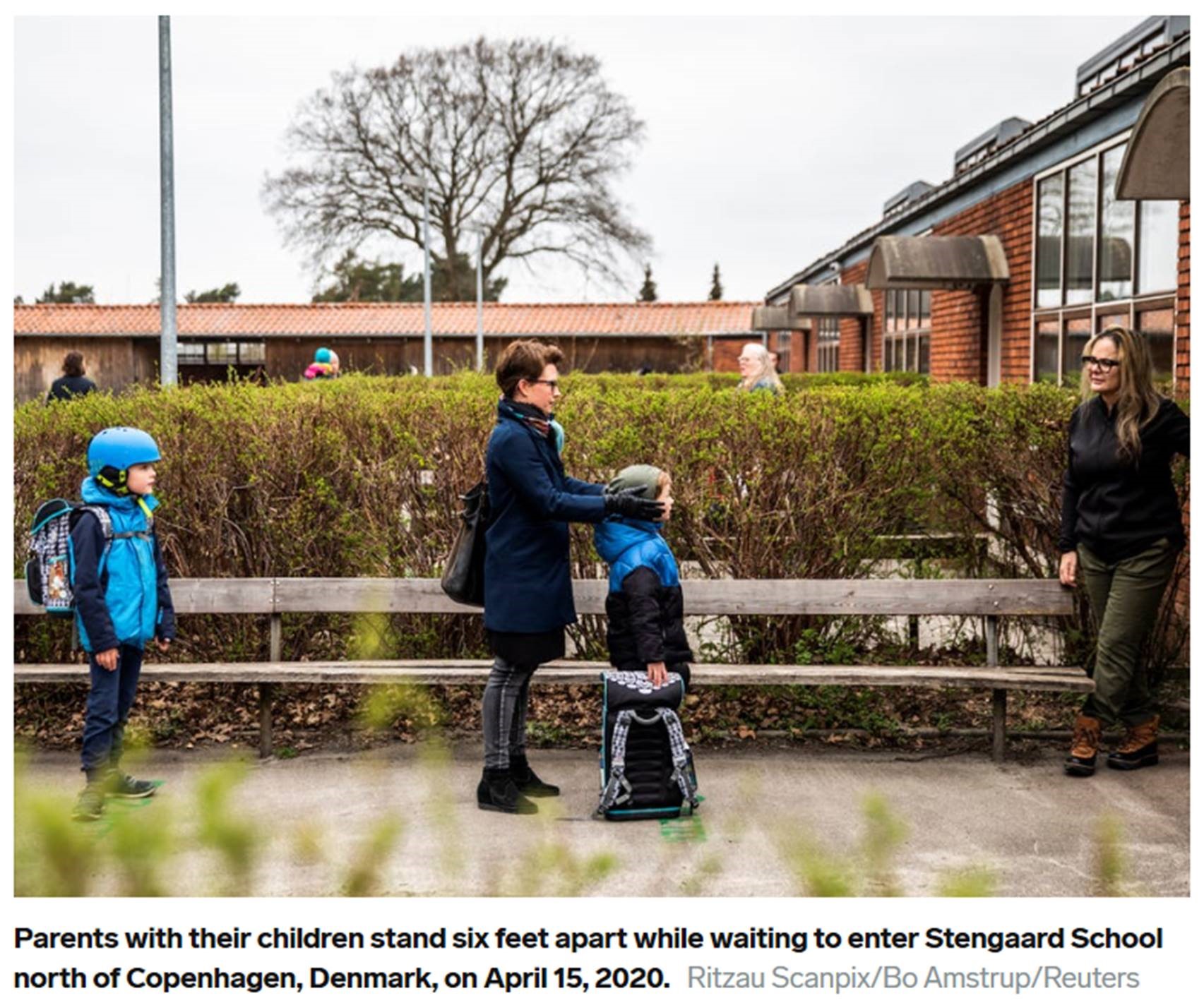Using & Implementing the CDC Decision Tree-June 17, 2020 Recap
Article | 10.07.2020By George Kacan, Education Sector Leader, Wightman
Connect with George
The last Wednesdays With Wightman Town Hall focused on "Using and Implementing the CDC Decision Tree For Reopening Schools." Based on Governor Whitmer's latest address to the State, we can anticipate some form of face-to-face learning instruction beginning this fall. Greg Monberg, Director of Architecture, facilitated the session. With the release of the Center for Disease Control Decision Tree, districts have been provided general guidance for reopening schools. It is essential to understand and examine the goals and actions incorporated in the Decision Tree. The town hall meeting is an opportunity to explore "What We Need to Know Now; How Best to Plan for the Future" as we look ahead to the "new normal."
Moderated by Dr. Thomas Langdon, a part-time Superintendent for Walkerville Schools and an educational consultant for Wightman, the session featured a panel discussion. The panel included Dr. Thomas Bruce, Superintendent, St. Joseph Public Schools, Sarah Proceviat, Management Consultant, Environmental, and Ryan Miller, GIS Manager, both of Wightman.
Our featured guests shared their insights into the best practices for using and implementing the CDC guidelines. After their presentation, participants shared their thoughts and suggestions in break-out sessions. The meeting's core purpose is: Through constant dialogue, we will help each other help students!
The panel discussion touched on the CDC's Decision Tree three main questions:
- Should You Consider Opening?
- Are recommended health and safety actions in place?
- Is ongoing monitoring in place?
- Dr. Thomas Bruce focused on how parents are reacting to having their children return to school
- A recent return to schools survey conducted in Connecticut, over 35,000 response, confirmed that student safety is the number one concern for the majority of parents.
- Mitigation suggestions included having a back to school safety night for parents and students to experience the first-hand measures taken by the school to ensure meeting the requirements of the CDC Guidelines.
- Sarah Proceviat
- As an environmental specialist with epidemiology experience, shared experiences related to other diseases that have had to be controlled; however, none have been (or are being) managed at the international level such as COVID-19.
- Ryan Miller
- Explained that GIS stands for Geographic Information Systems.
- GIS includes the collection of location data, organizing the data to develop meaningful and accurate information upon which one can make informed decisions, then problem-solving.

- Dr. Thomas Bruce
- Explained how they are using the athletics program to demonstrate meeting all the requirements of the CDC Guidelines for return to school.
- They are currently using an app called MI Symptrum, free, to track symptoms of all athletic participants.
- The CDC Guidelines conflict with Security protocols.
- Sarah Proceviat
- Regarding meeting the requirements of the CDC Guidelines, building occupants and the physical building will require to comply with all hygiene protocols.
- The guidelines conflict with security requirements and best practices, such as opening windows, multiple points of entry to help maintain social distancing and speed up admission and discharge from facilities.
- Increase ventilation providing more air changes per space, by using all the available building systems to full capacity.
- Finally, train everyone about the new health and safety compliance.
- Greg Monberg
- Shared ideas about repurposing existing spaces in schools for instruction to promote and comply with social distancing rules.
- As an example, feeding children at their desk; students will require removing their masks to eat lunch, by using standup physical shields (divider) on top of their desk, they will comply with CDC guidelines.
- Ryan Miller
- Managing the collected data will result in a quick response time should anyone be exposed to a person with symptoms or some who has contracted COVID-19.
- In addition to student and staff screening, schools need to be prepared to screen all visitors to their facilities and be able to collect, organize, and access this information, should it become necessary.
- Ongoing compliance may be achieved in many different ways; however, electronic tools are proving to be very helpful to manage the collected screening information efficiently.

The conversation moved to break-out rooms to explore each of the three CDC questions separately.
Break-out Room #1 - Should you consider opening?
- Will use the orders from the CDC and guidelines to set up boundaries and guidance for their district
- Going back to districts strategic plan and making sure we are sticking closet to that while serving staff and families, and blending the two
- Write Sunday afternoon letter "Sunday bear news" and talking to people and school board. Continuing note throughout summer because of unknowns so that there are no surprises
- Surveys – sent to all families for a week, 1400 respondents and another to staff. "questions asked about pre-existing conditions, etc. that would prevent you from feeling safe", approx. 20% of respondents noted some concerns.
- Offering choice for remote learning for families who don't feel safe right now
- Staff – asking them, if we follow guidelines, would you still feel safe coming back
- Teams planning right now through summer
- Use data and info from staff and families to better understand what plans may look like in the fall
- Superintendents meeting frequently - Hope for all districts in the county to operate the same way – so families don't "shop" for schools that are safer than others
- Would like a FREE app that uses CDC guidelines or county health dept guidelines that we could issue to all staff.
- How do we take care of our people – social, emotional support but also how to fill position for 14 days
Break-out Room #2 - Are recommended health and safety actions in place?
- The break-out room had five participants: Catherine, who is a trustee for Battle Creek Public Schools; Mary, who is the board president at Chippewa Hills; and Margaret, who is the school board secretary at Centreville, and also a member of that school's safety task force committee, Dr. Thomas Langdon, Superintendent at Walkerville Schools, and Sarah Proceviat, Management Consultant, Environmental at Wightman.
- Mary was expressing concerns regarding transportation, citing that the Chippewa Hills transportation total square mileage burden is the second largest in the Lower Peninsula.
- Sarah noted that school boards throughout North American are dealing with the same issues/same concerns and how to manage these.
- The participants discussed monitoring students for symptoms before they entered the bus, rather than at school. One suggestion included schools relying on parents not sending students if they were symptomatic. Also, rechecking students at school who may appear to be suffering symptoms. Another idea is having students bring a daily note onto the bus to indicate screening of the student; if not, checking students before entering the bus will be required.
- Catherine acknowledged the issue of cleaning the inside environment thoroughly on a nightly basis. One suggested solution was to use a currently available spray mist disinfectant, which settles on everything in the room and dries relatively quickly, but not fast enough to be used between class periods.
- Participants mentioned that their schools were seeking guidance through school/community committees, etc.
Break-out Room #3 – Is ongoing monitoring in place?
- The room discussed the concern about a community health professional who must travel between schools. How will this be monitored to ensure safety?
- There was a discussion about the technology which might help with screening students at arrival, including thermal imaging cameras and infrared no-touch thermometers.
- The need to track the information daily through a database system. How can these screening issues be logged quickly and efficiently?
- The examples from other nations were discussed, including having students walk through a shoe scrubber, having hand sanitizing stations, and a check of masks and thermometers before children, staff, or guests are allowed to enter the building.
- Having the right policies in place first is critical. Then there must be funding for proper training of staff and acquiring the correct equipment from PPE to cleaning supplies into the schools.

The discussion ended with Greg providing a wrap-up of the key points made during the town hall meeting. He stated that the Wednesdays With Wightman series would occur every two weeks, with the next Town Hall meeting scheduled for July 1st, 2020.
Our next meeting will focus on Return to School Planning, Implementation and Cost, sharing ideas, understanding the cause and effect of decisions, and reviewing the potential cost for implementation.
To attend the next town hall, sign up here.
Here is a recording of the session.
Services
